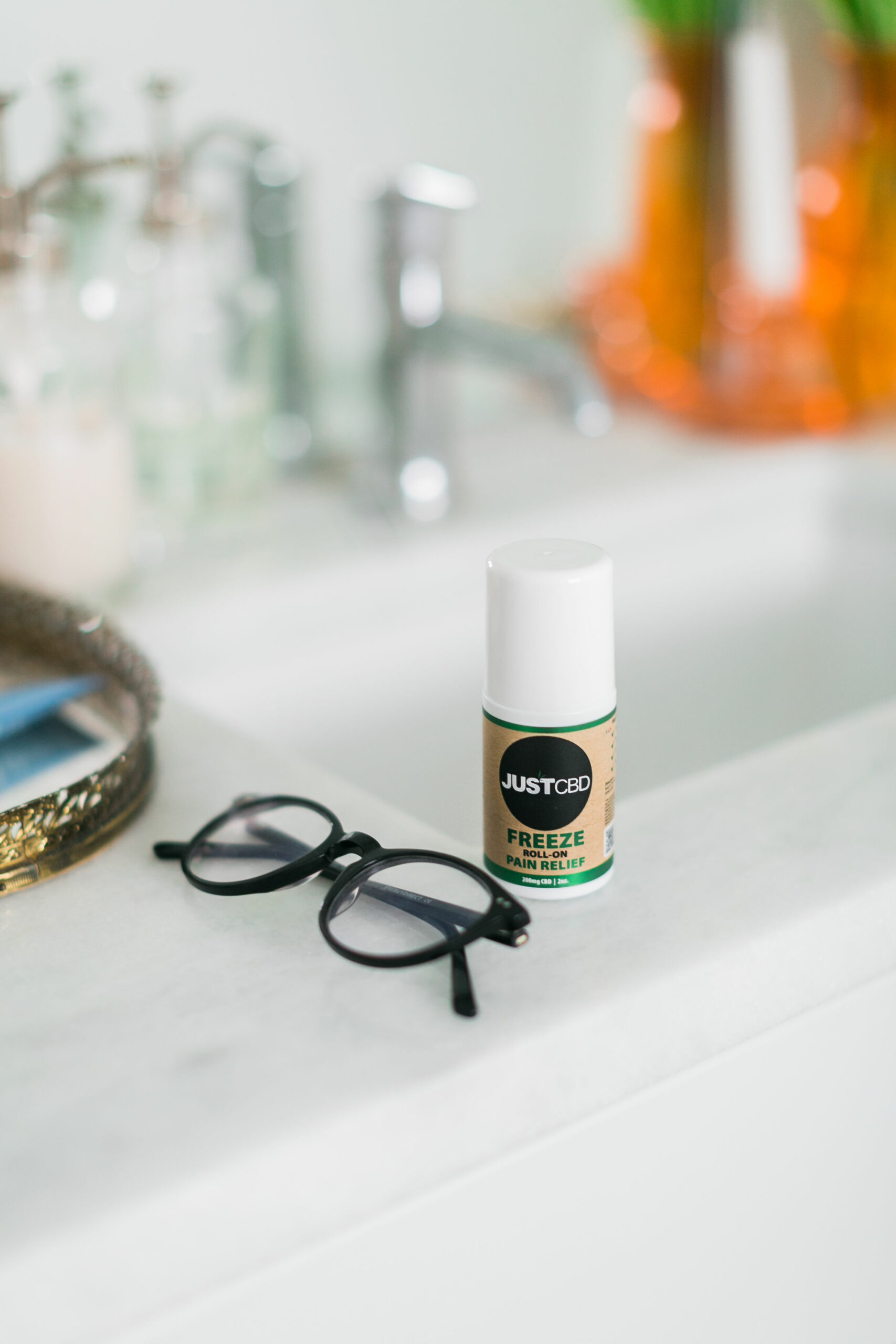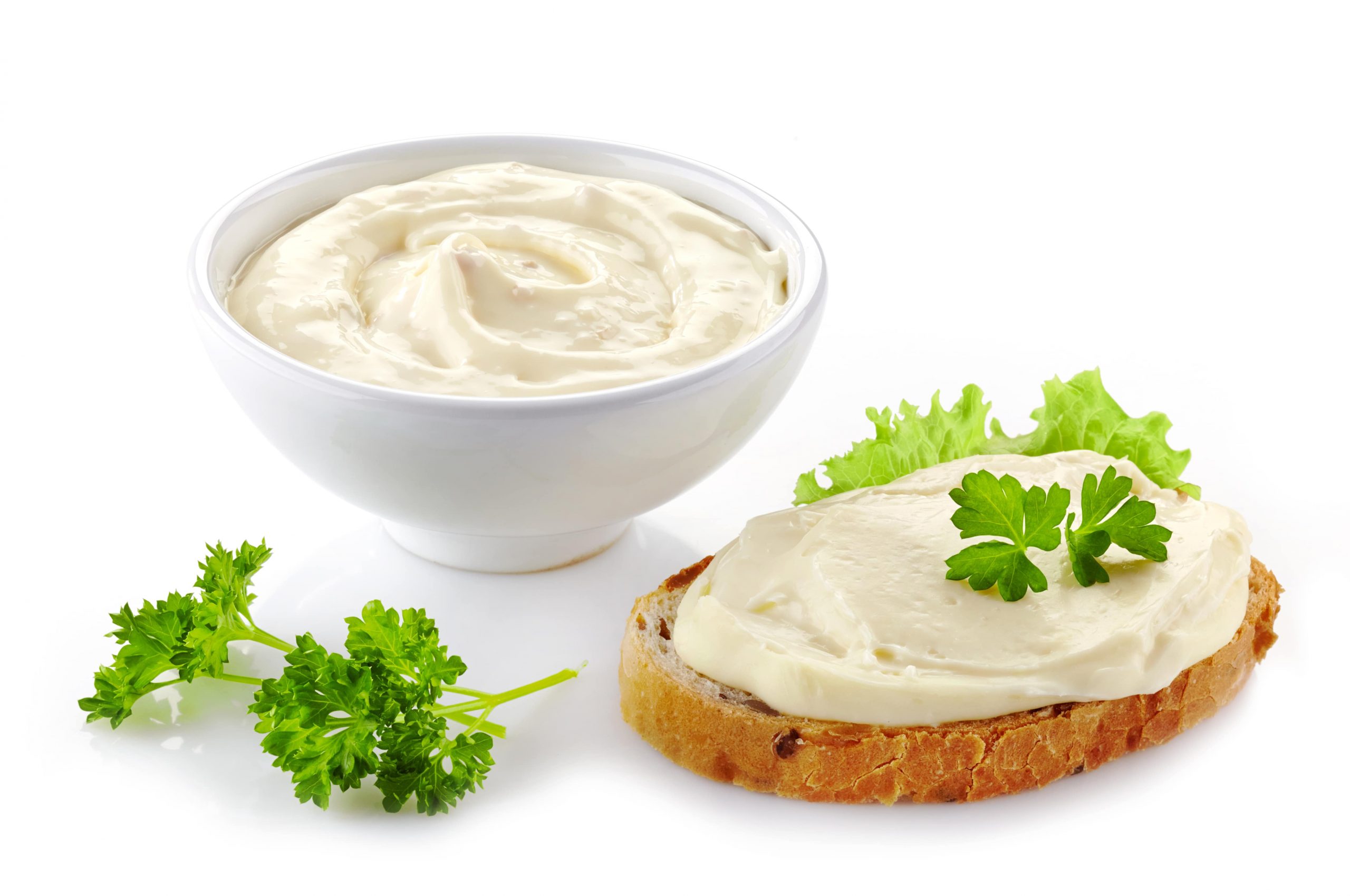Creams deliver relief easily and effectively because consumers directly administer it to the affected region. Some people complain about back pain, especially after performing hard work. In this regard, creams help such individuals perfectly. Also, ensure you are using the highest quality products for maximum results. Therefore, learn the science behind its operation to relieve back pain here.
Some people experience back pain after performing difficult tasks. Busy schedules and lifestyles cause individuals to live strenuous lives. Consequently, the body grows weary and sometimes becomes painful. According to Croft et al. (1998), over 80 percent of adults report back pain as their age advances. However, everyone desires relief from discomfort and back pain in certain instances. Cannabidiol (CBD), a cannabis compound, is reported to cause positive impacts on back pain, as Mondello et al. (2018) discovered. Today most people use CBD-infused creams to offer relief from back pains. However, a person should purchase high-quality creams addressing the issue appropriately. Consider learning the science behind this product for back pain here.
The Science Behind Best Creams For Back Pain
The ingredients constituting cream products determine their quality. For this reason, the best creams contain certain components responsible for desirable results. Also, the mechanism used by these ingredients accounts product’s effectiveness. They include the following:
Menthol
Menthol is a natural and organic compound sourced from peppermint leaves or wild mint. The compound accounts for the mint family plant’s unique taste and smell. According to Ali et al. (2015), individuals utilize menthol topically because it contains refreshing and relieving properties. However, scientists realized how it functions currently. The above study noted that menthol (also called counterirritant) is a natural anesthetic and analgesic soothing minor pains and aches. It communicates with particular receptor sites within a human nervous system called transient receptor potential melastatin 8 (TRPM8) channels. These receptors participate in temperature perception due to their renowned relationship with menthol. They are called menthol and Cold receptors. According to Waston et al. (1978), menthol generates a cooling effect on your skin, specifically where the pain emanates, provided the user applies it with the topical cream. Menthol does not de-escalate the skin temperature. According to Bharate & Bharate (2012), a cooling sensation is experienced when the compound interacts with TRPM8 nerve receptors. Some pain-free stimuli make nerve channels shut in the painful stimuli’ presence.
Consequently, the pain sensation is inhibited from reaching your brain. This signifies that menthol cooling sensation counteracts and competes with pain sensations, leading to operational topical pain assistance. Menthol also widens blood vessels around the applied region in your skin, as Fayed (2019) stated. The study above showed that menthol boosts blood movement to regions with minor damage, supporting healing and relief of pain. This compound is conveniently absorbed through human skin. According to Batool et al. (2018), certain reputable companies use menthol as a major component in manufacturing back pain relief. Besides, they incorporate other essential compounds that function together to deliver the optimum topical short-term pain relief.
Camphor
According to Gallaway & Nutbrown (2021), camphor is a natural and organic compound that conveniently absorbs topically to produce soothing effects. This compound is sourced from evergreen camphor laurel or cinnamon camphor tree bark. While menthol delivers pain relief effects, camphor contains a unique smell resulting from the strong terpenes it generates. People have used camphor topically for various reasons, including its antifungal and antibacterial effects for decades. Also, it constitutes anti-inflammatory characteristics and is verified by the United States Food and Drug Administration (FDA) for utilization for anesthetic and analgesic purposes. Shenefelt (2012) revealed that both menthol and camphor effectively calm slight or moderate inflammation and pain when administered topically consistently for a long time. The study above also showed that camphor could effectively relieve back pain because it contains anti-inflammatory properties and relax muscle spasms and cramps after a user rubs on the skin. According to Mishra & Dwivedi (2021), camphor can be a counterirritant by generating warm and cold sensations when administered in topical creams because the compound counteracts and competes with pain sensations before reaching the brain. The individual experiences pain relief and pleasure. Also, the compound escalates the blood movement in the muscles and skin. Elevating blood movement to an injured or inflamed region supports healing and relieves pain. The study above also showed that camphor might function to relieve pain by interacting with particular receptor sites directly in the human nervous system.
Argan Oil
This compound is consumable, but experts discourage consumers from eating their creams. Argan oil contains high nutrient amounts and is derived from Argan tree kernels, common in Morocco. Individuals have utilized this product for centuries to serve culinary purposes. Some people know this substance because it contains cosmetic moisturizing properties.
Coconut Oil (MCT oil)
This compound is edible, and people derive it from fresh coconut meats. Works (2012) stated that coconut oils contain about 60 percent medium-chain triglycerides (MCT). The human body can process and utilize MCT oils more conveniently than various varieties of fats. However, coconut oil consists of polyphenol and fatty acid compounds, which are nourishing and gentle for your skin, as Ng et al. (2021) suggested.
Jojoba Oil (carrier oil)
Jojoba oil has the potential to moisturize like skin’s inherent oils without impeding the skin’s pores. According to Jotisalikorn (2012), jojoba oil is highly effective and readily absorbable at conveying topical healing components like camphor and menthol.
Myrrh Oil
Myrrh contains a pleasant fragrance but is combined with frankincense due to its complementary advantages. These two compounds produce incredible topical creams.
Conclusion
Individuals utilize creams topically, and many reports show they function effectively. Everyone desires to experience relief from chronic or short-term back pain. Creams absorb in human skin faster when applied topically to yield the desired effects. Medical experts always recommend customers choose products with the highest quality for maximum benefits. These creams constitute various ingredients that work uniquely to calm back pain. Menthol contains pain refreshing and relieving properties. Its analgesic and anesthetic properties empower it to soothe minor aches and pains. Camphor has antifungal and antibacterial properties which fight diseases. Other ingredients are jojoba, coconut, Argan, and myrrh oils.
References
Ali, B., Al-Wabel, N. A., Shams, S., Ahamad, A., Khan, S. A., & Anwar, F. (2015). Essential Oils Used In Aromatherapy: A Systemic Review. Asian Pacific Journal Of Tropical Biomedicine, 5(8), 601-611.
Batool, I., Nisar, S., Hamrouni, L., & Jilani, M. I. (2018). Extraction, Production And Analysis Techniques For Menthol: A Review. International Journal Of Chemical And Biochemical Sciences, 14, 71-76.
Bharate, & Bharate, (2012). Modulation Of Thermoreceptor TRPM8 By Cooling Compounds. ACS Chemical Neuroscience, 3(4), 248-267.
Croft, Macfarlane, Papageorgiou, Thomas, & Silman, (1998). The Outcome Of Low Back Pain In General Practice: A Prospective Study. BMJ, 316(7141), 1356.
Fayed, M. A. (2019). Mentha Piperita L.-A Is A Promising Dental Care Herb Mainly Against Cariogenic Bacteria. Universal Journal Of Pharmaceutical Research, 4(3), 33-38.
Gallaway, M., & Nutbrown, D. (2021). Lavender Essential Oils As An Alternative Treatment For Anxiety And Its Effect On The Human Body.
Shenefelt, (2012). Herbal Treatment For Dermatologic Disorders.
Jotisalikorn, C. (2012). Thai Spa Book: The Natural Asian Way To Health And Beauty. Tuttle Publishing.
Mishra, R., & Dwivedi, B. (2021). Cinnamomum Camphora Cure: A History Of Epidemics. TMR Integr Med, 5, E21031.
Mondello¹, E., Quattrone, D., Cardia¹, L., Bova, G., Mallamace¹, R., Barbagallo, A. A., … & Calapai, G. (2018). Cannabinoids And Spinal Cord Stimulation To Treat Failed Back Surgery Syndrome Refractory Pain. Journal Of Pain Research, 11, 1761.
Ng, Y. J., Tham, P. E., Khoo, K. S., Cheng, C. K., Chew, K. W., & Show, P. L. (2021). A Comprehensive Review Of The Techniques For Coconut Oil Extraction And Its Application. Bioprocess And Biosystems Engineering, 44(9), 1807-1818.
Watson, H. R., Hems, R., Rowsell, D. G., & Spring, D. J. (1978). New Compounds With The Menthol Cooling Effect. J. Soc. Cosmet. Chem, 29, 185-200.
Works, (2012). AIDS–Coconut Oil & Monolaurin To The Rescue. Artery, 2, 04.
- WHY CAN DRINKING ALCOHOL TRIGGER ANXIETY? - January 7, 2023
- WHAT IS ORGASMIC MEDITATION? BENEFITS + HOW TO - January 7, 2023
- THE BEST WAYS TO PREVENT WEIGHT GAIN THIS WINTER - January 6, 2023









